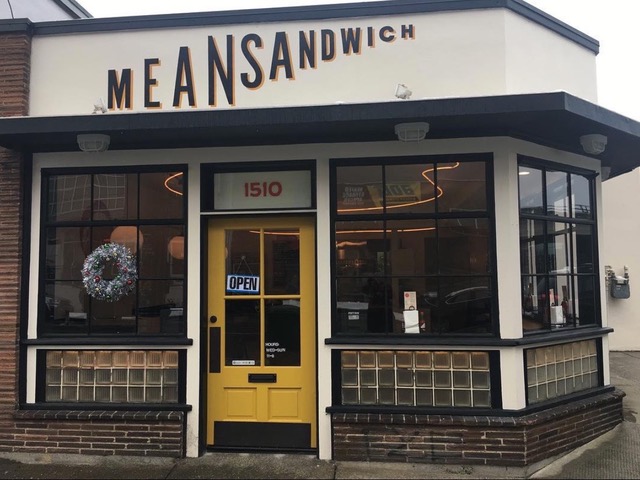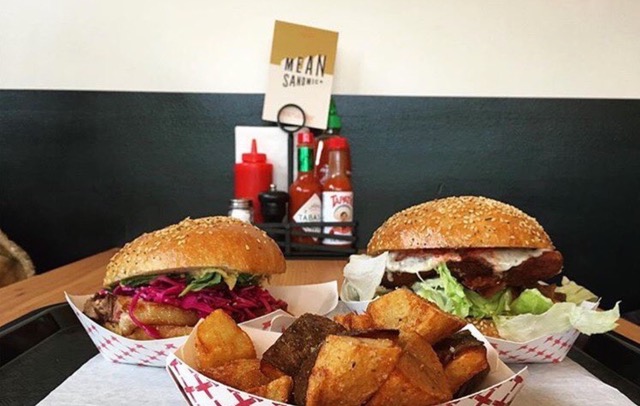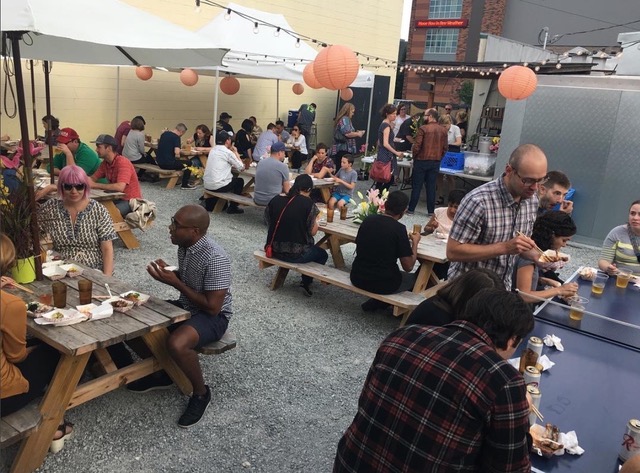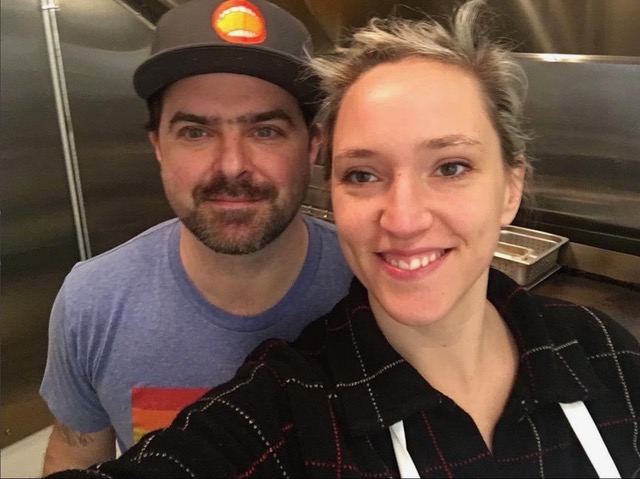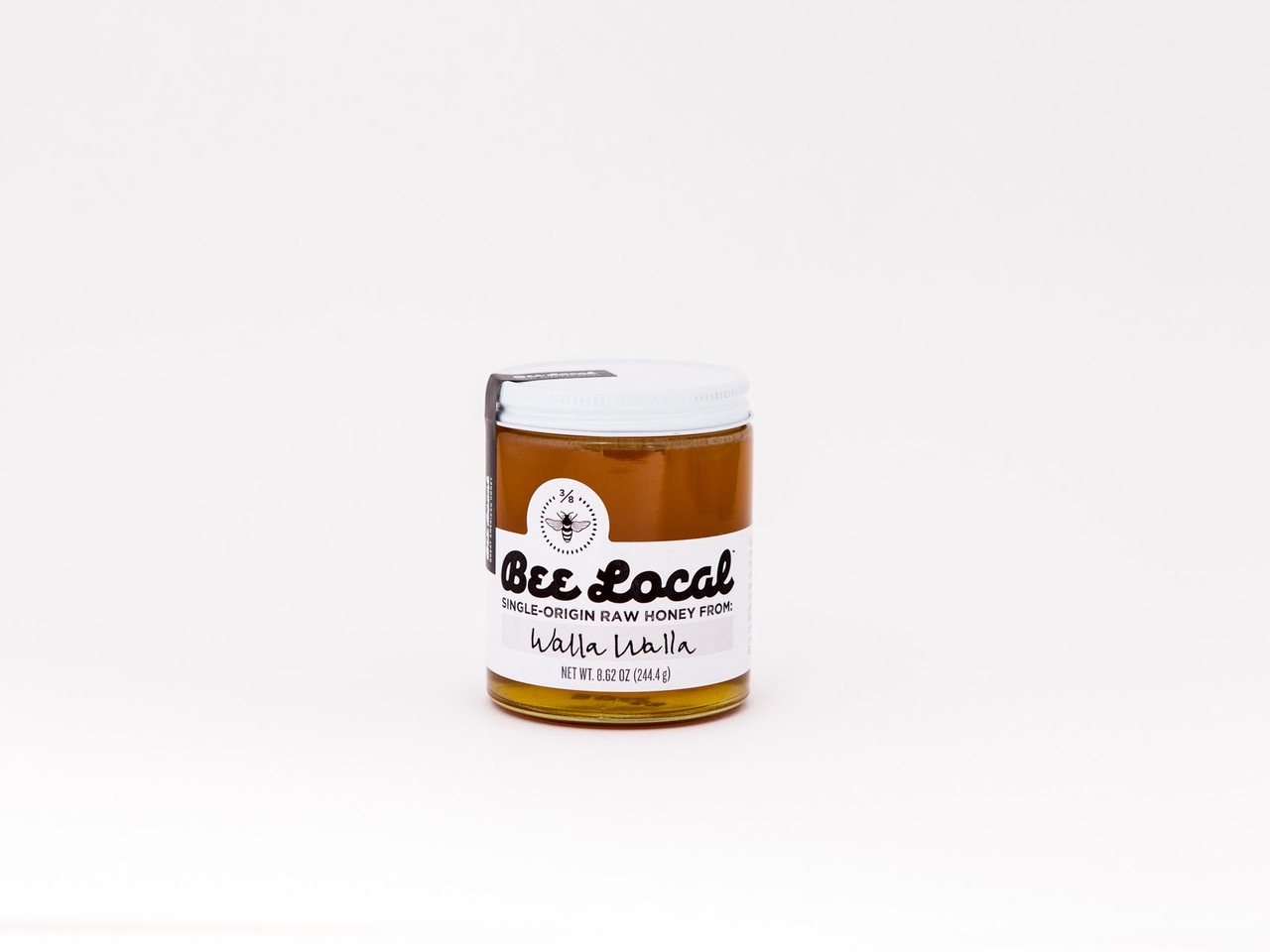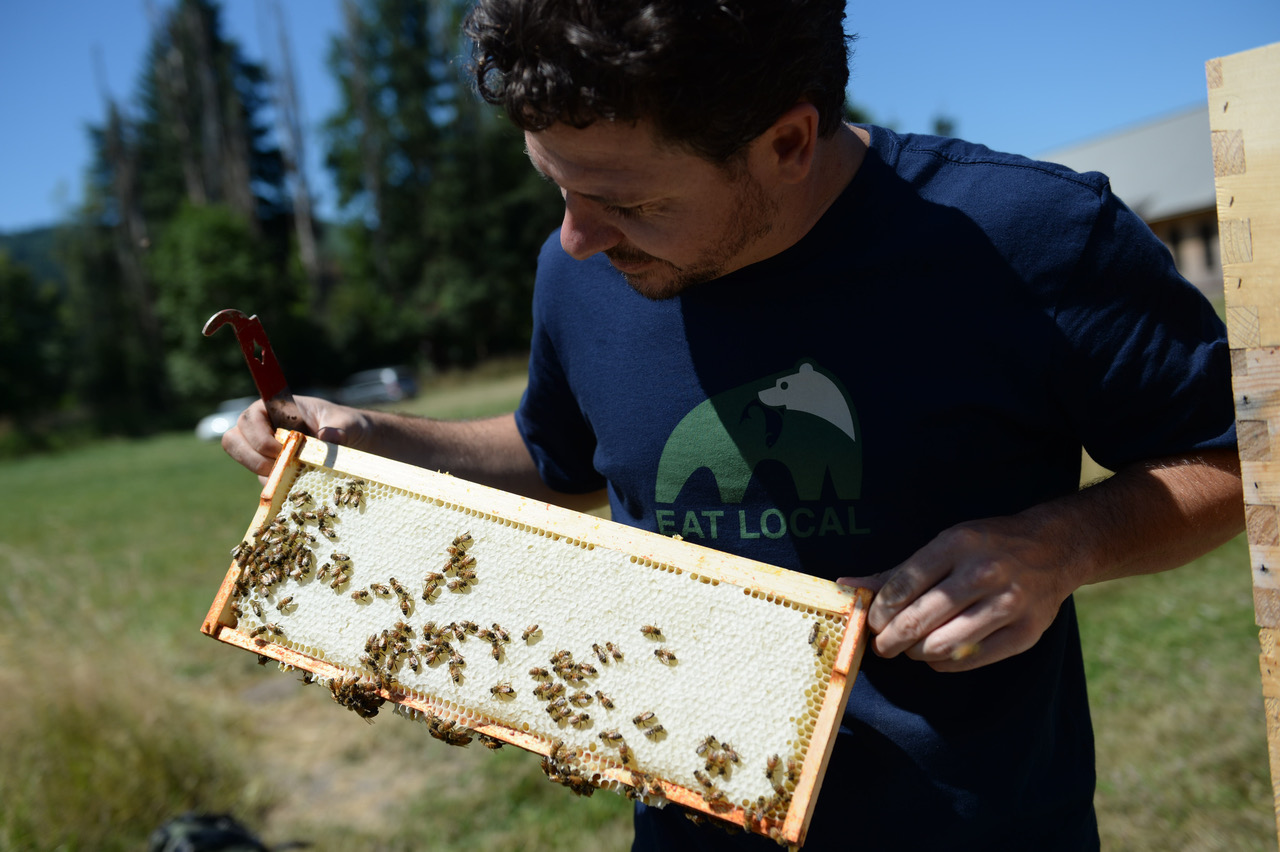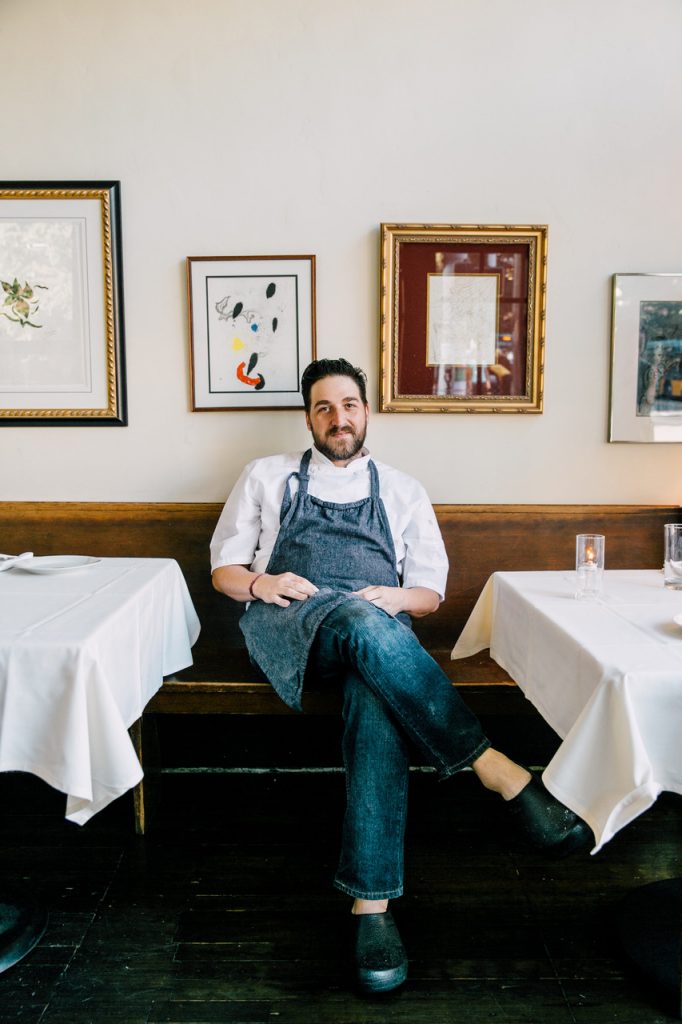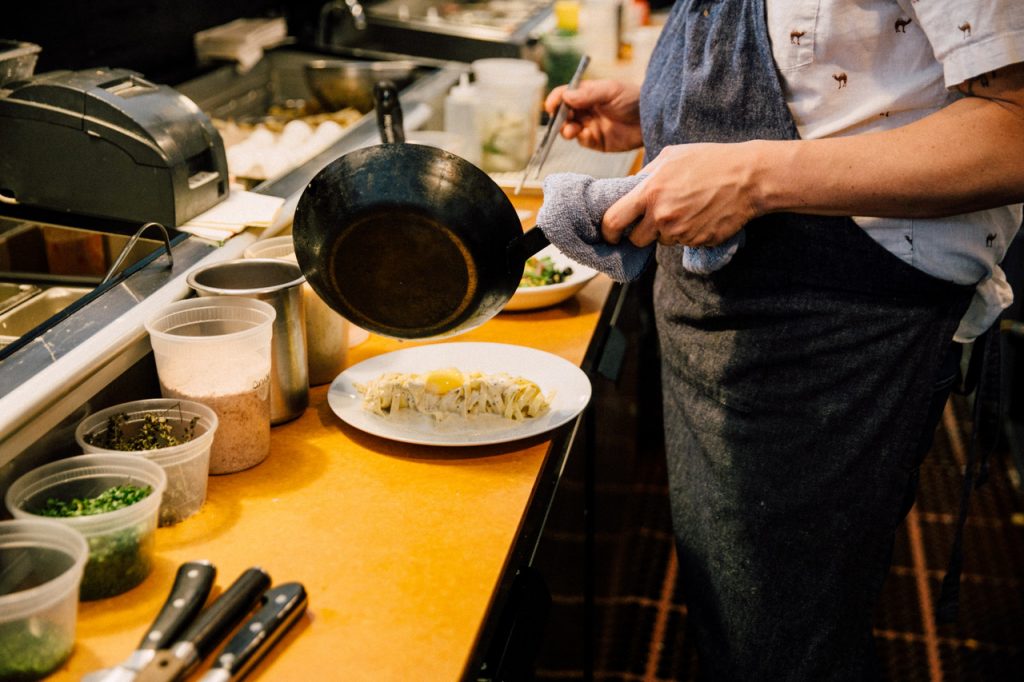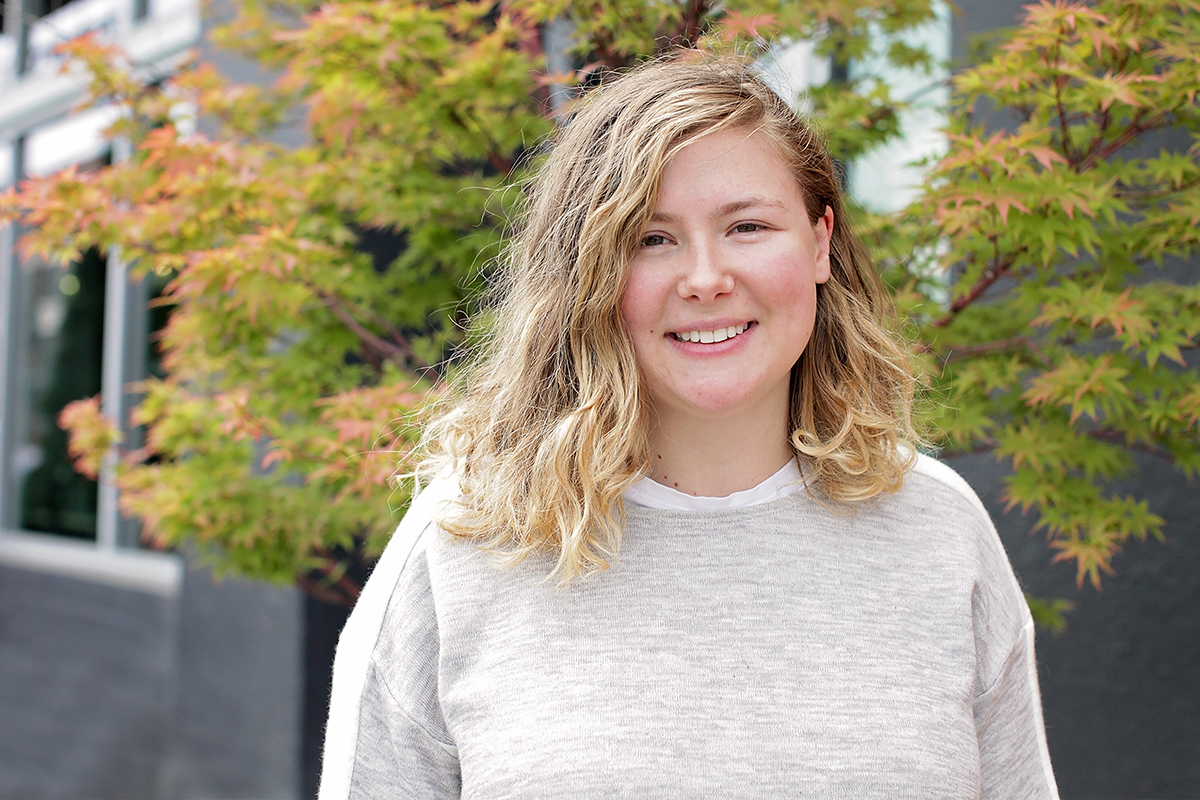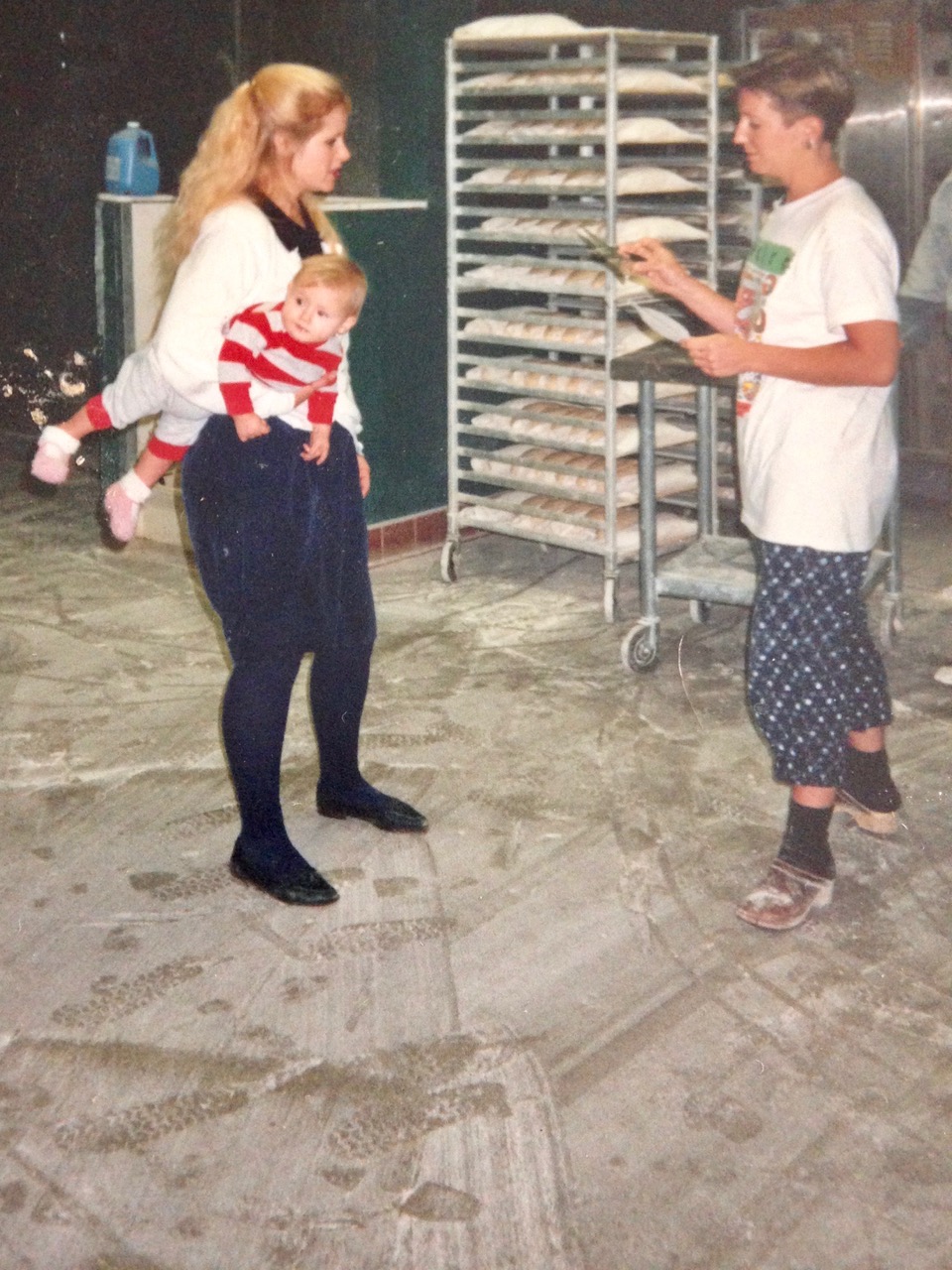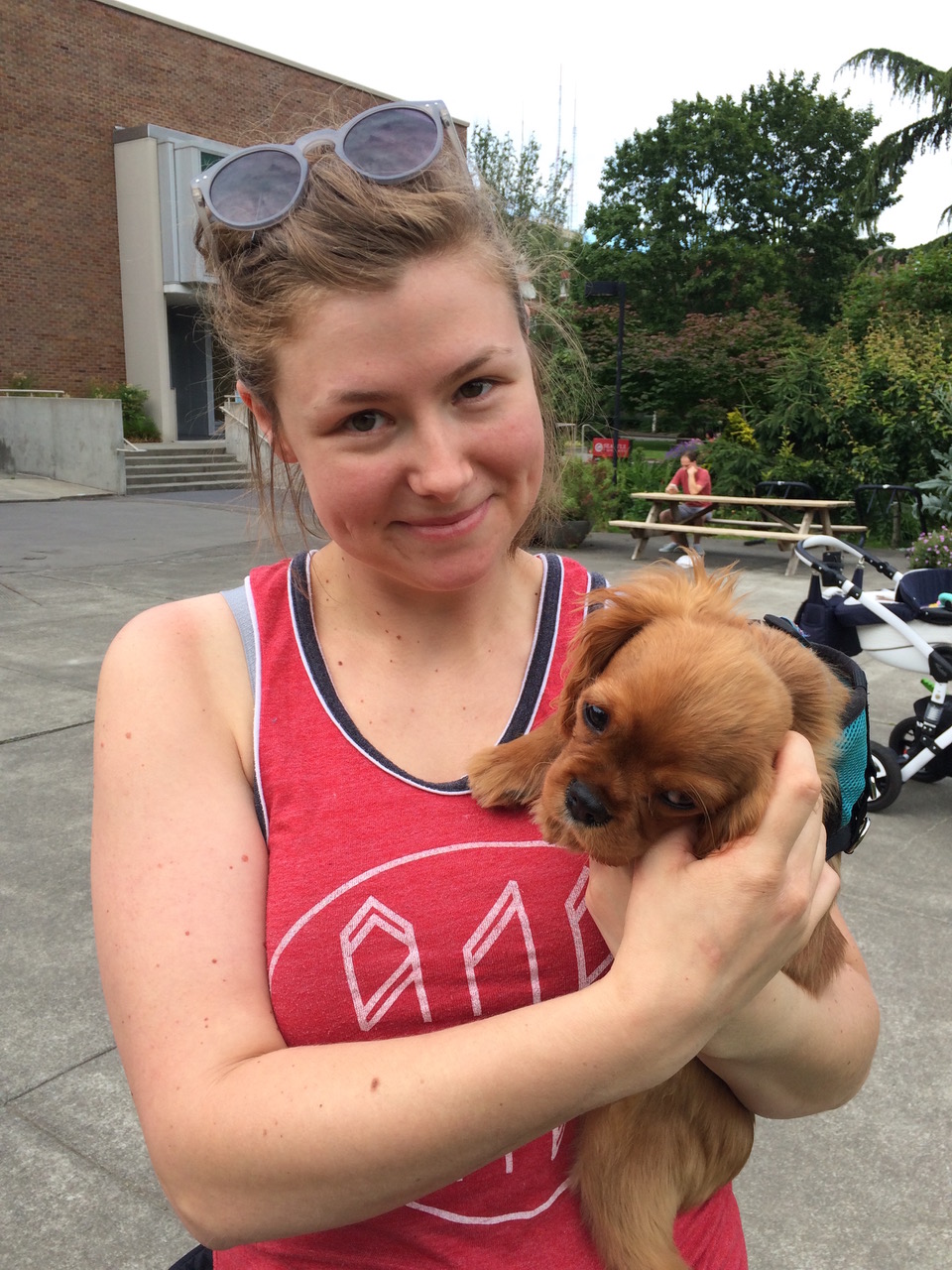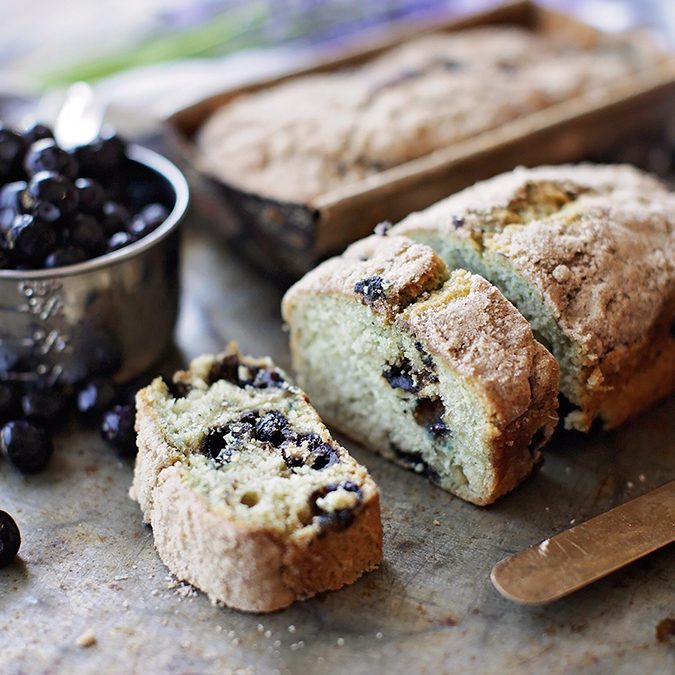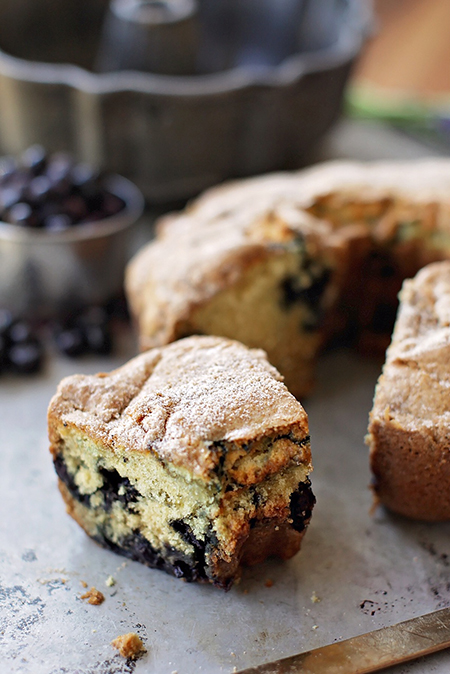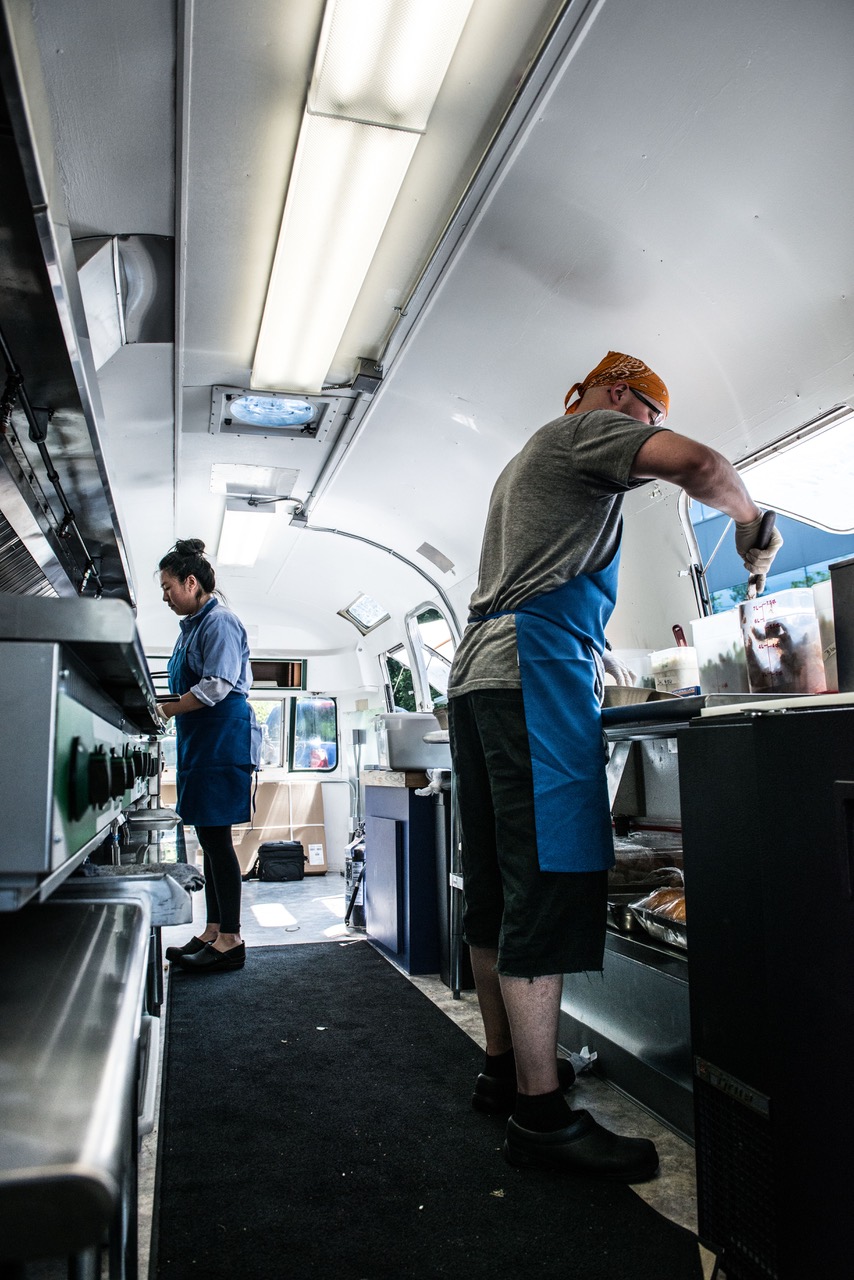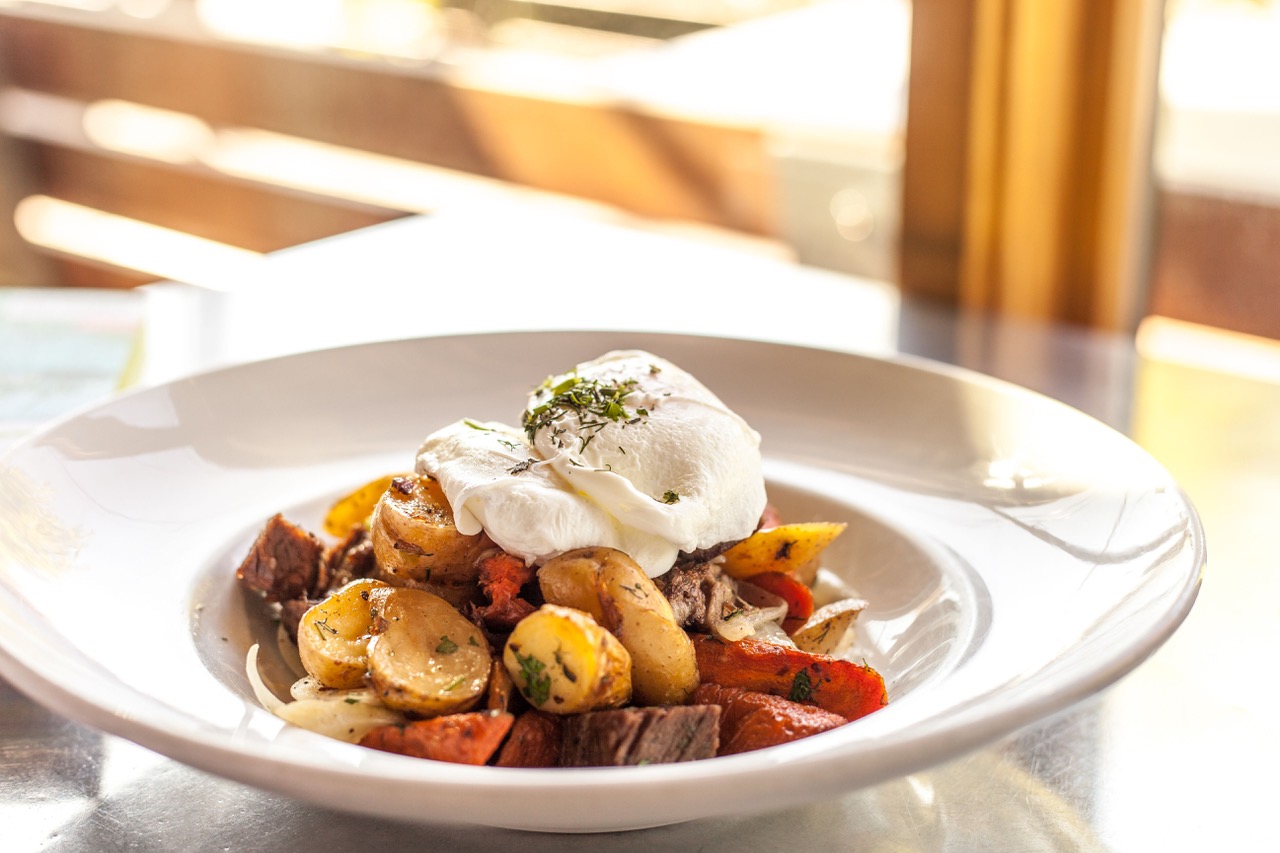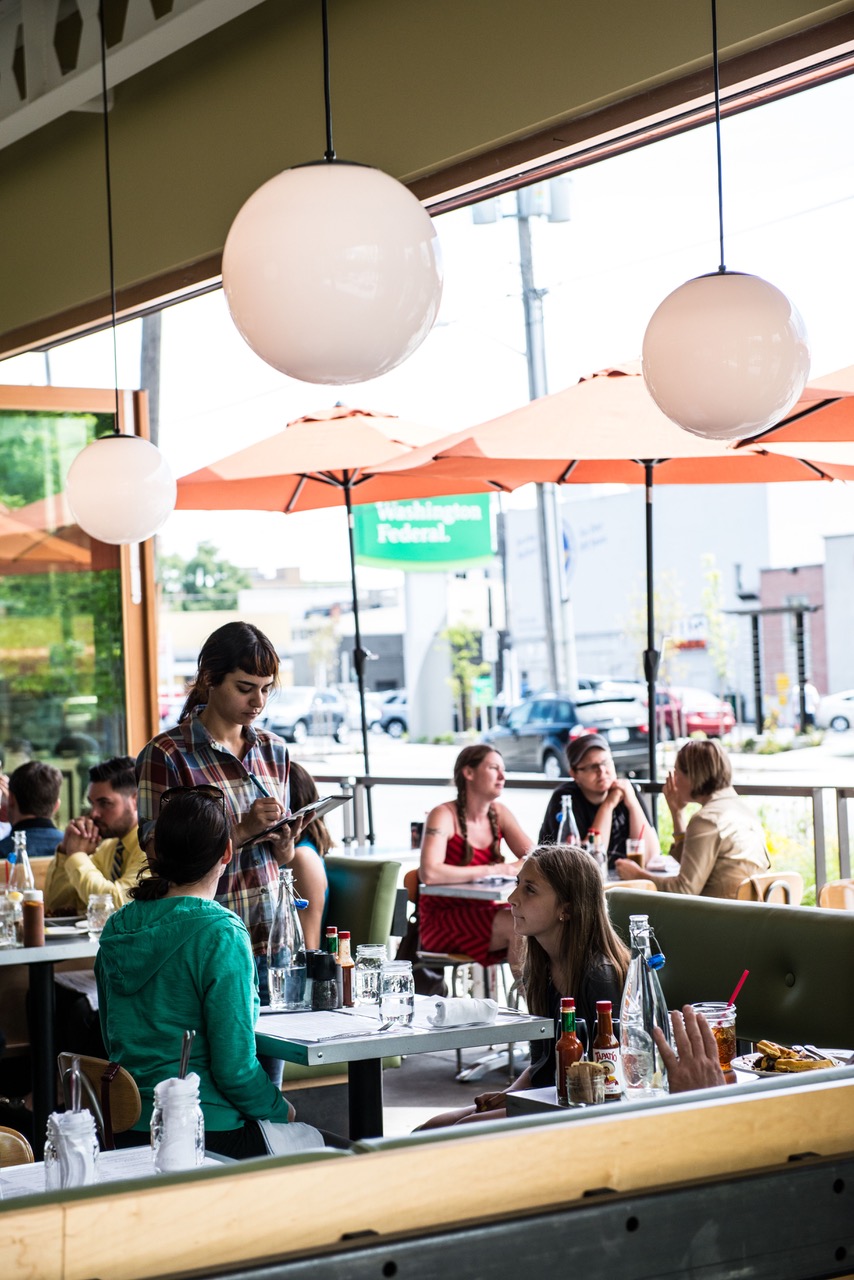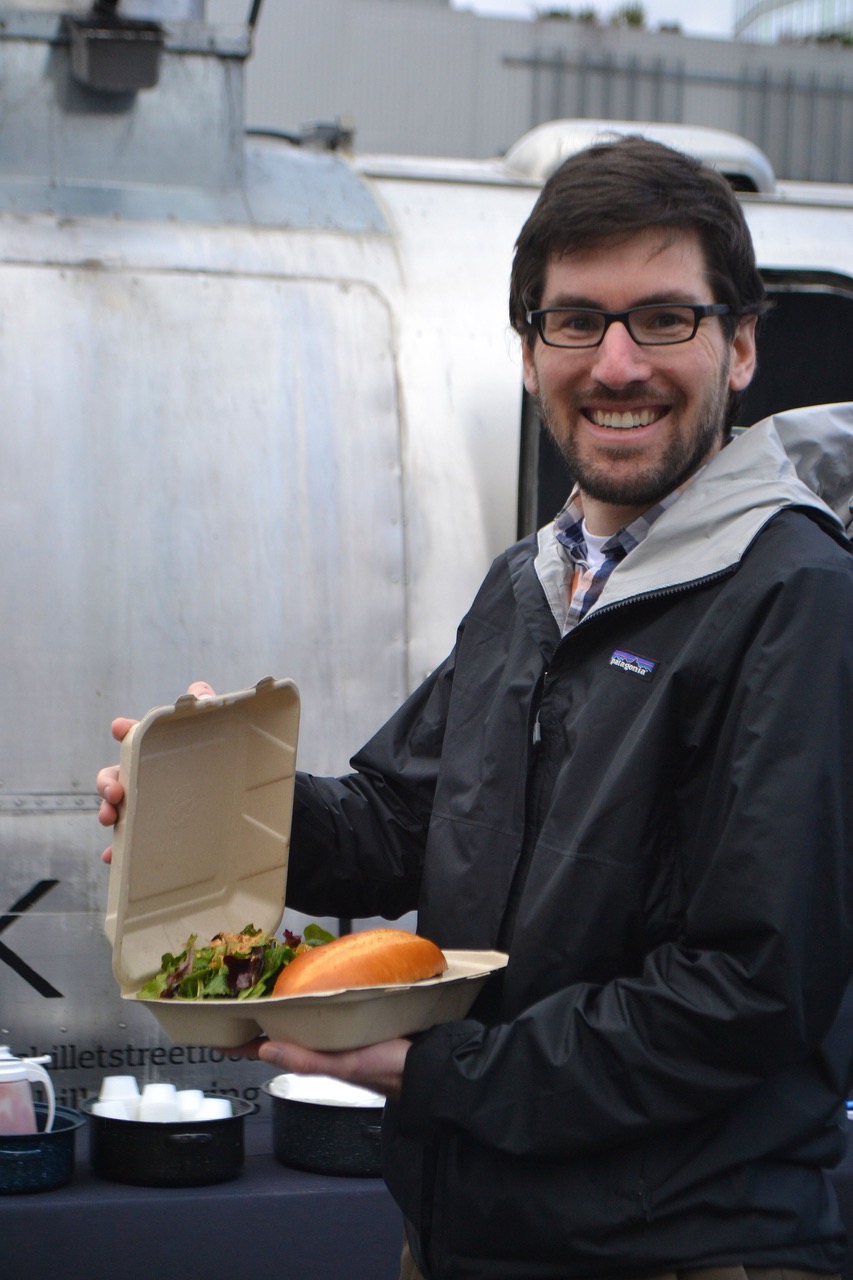Since opening in 1993, many amazing people have helped to make Macrina what it is today. In honor of our 25th anniversary, we are spotlighting a few key employees. Each represents an essential part of Macrina.
Bay Phan is an integral part of our wholesale pastry team. The team arrives in the mid-afternoon and works into the evening. Bay’s knowledge of our recipes and her precision and her skill with many types of dough is part of why our pastries are so consistently good. She leads by doing everything the right way and stays calm even when we’re in the midst of our crazy holiday rushes.
Leslie
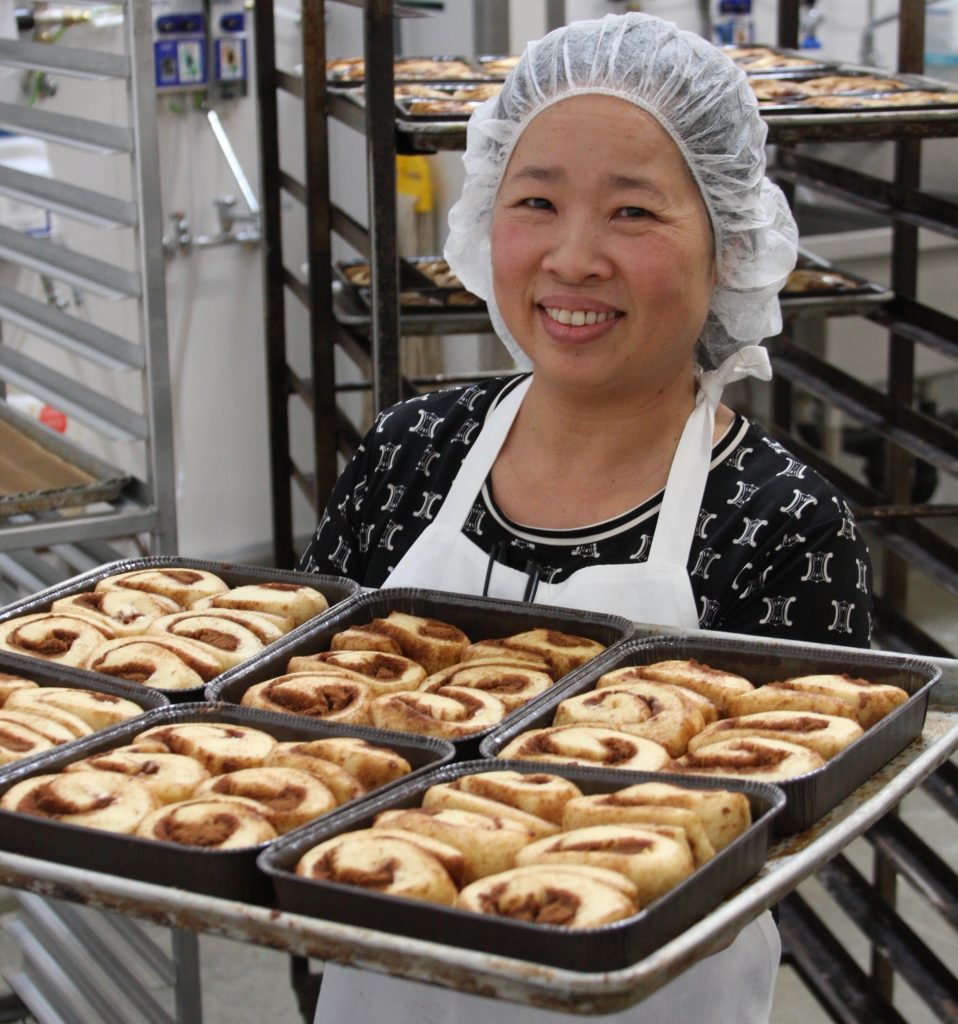
Bay Phan
Bay Phan joined Macrina in 2009, shortly after arriving in Seattle from Vietnam. Her friend, Phuong Hoang Bui, our head baker, encouraged her to apply. She began in the wholesale pastry department and proved herself to be a quick learner and a hard worker. Nearly nine years later she’s become one of our leaders in the tight-knit group.
Speaking through a translator, Bay says, “There are about 20 of us, and most speak Vietnamese. We work together like a family. They know everything about me, me about them.”
“Bay is one hard worker,” says Tramy Le, the manager of the wholesale pastry team. “She’s very nice to everyone at Macrina and I am so happy to work with her.”
In 2016, Macrina’s wholesale pastry production moved from behind the Sodo café to a much larger facility in Kent. Bay says, “We were getting way too crowded there. Here we have the space we need to spread out. It’s much more comfortable.”
With growth comes new challenges, one of which is navigating the new food safety regulations. “Learning all the new rules is probably my biggest challenge, but it’s necessary,” Bay says. “But as I get used to them and all the new records I have to keep, it is getting easier. It’s a good thing!”
Training new employees who don’t speak English is another challenge for her. “Teaching employees who can’t read the recipe takes some time, but if they’re determined to learn and listen carefully, it’s rewarding. I always remember that I was like that when I started here. Once the new employee masters one pastry, we can move to the next. They become part of our family. I’m so grateful to Scott and Leslie for welcoming so many from the Vietnamese refugee community.”
Bay lives in the Sea-Tac neighborhood with her husband and two children. Her son attends the University of Washington, and her daughter is a registered nurse working at St. Francis in Federal Way. Beyond spending time with her family, two of Bay’s great pleasures are going for walks and runs in local parks and cooking. Pho is her favorite dish. She hasn’t taken to the many other ethnic foods available in the Seattle area. “I love Vietnamese food. The only non-Vietnamese restaurant I’ve found that I like is called Mongolian Hot Pot. The food tastes really good,” she says.
Next year her daughter is getting married. The wedding planning is already underway. “My daughter is looking for an American restaurant for the wedding,” Bay says laughing. “She doesn’t want an Asian restaurant.”
Bay has returned to visit her mother and four siblings in Vietnam twice since she moved to Seattle. She says, “It’s a long trip. Twenty hours.” She hasn’t explored Washington State much, but when her daughter was in nursing school in Yakima she visited a few times. She says, “I love the farms over there. I would like to explore more in that area.”


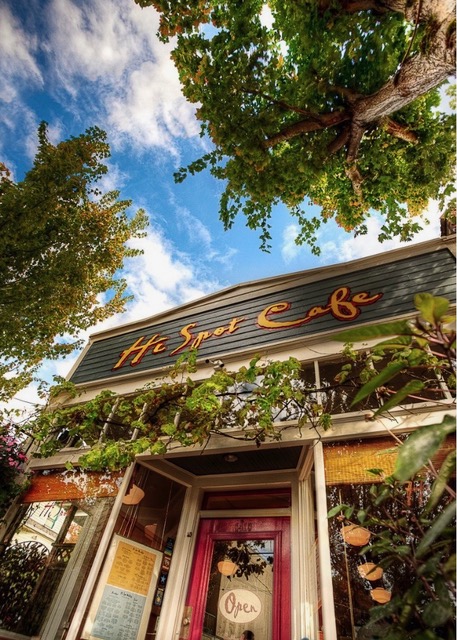





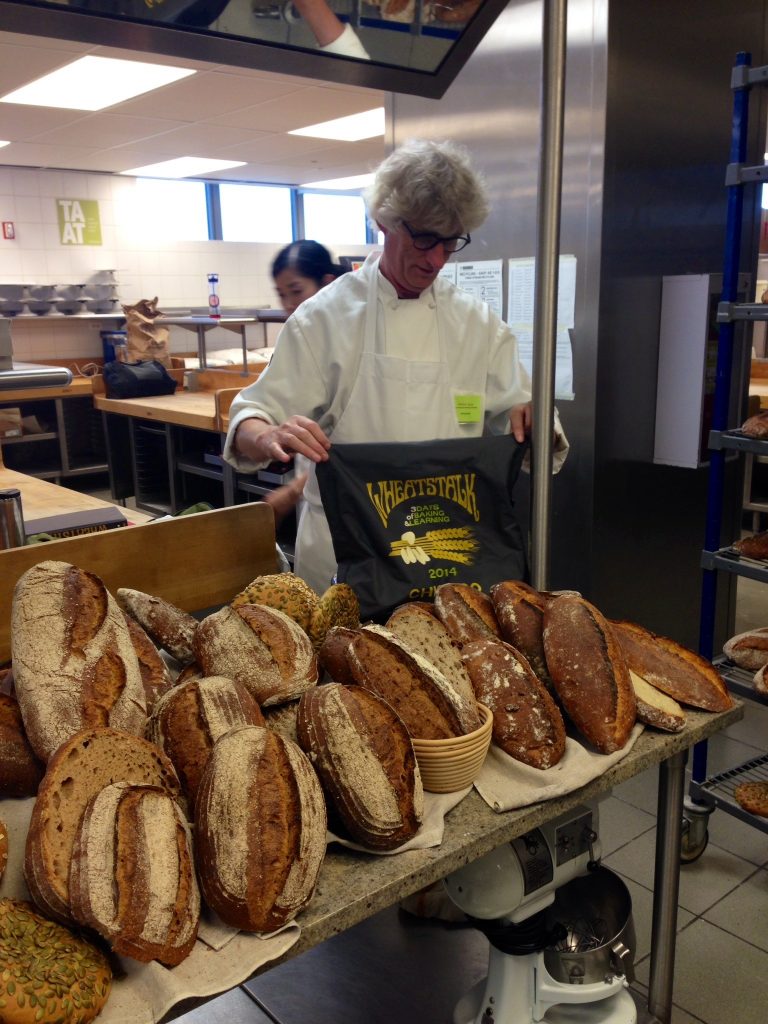 I joined the Bread Bakers Guild of America in 1993, the same year I opened Macrina. It was an insanely busy time in my life, but I knew I needed a community of artisan bakers for support and guidance. The Guild provided that and more. The Guild was much smaller 25 years ago. Not surprisingly, its growth has mirrored the rise of artisan baking in America.
I joined the Bread Bakers Guild of America in 1993, the same year I opened Macrina. It was an insanely busy time in my life, but I knew I needed a community of artisan bakers for support and guidance. The Guild provided that and more. The Guild was much smaller 25 years ago. Not surprisingly, its growth has mirrored the rise of artisan baking in America.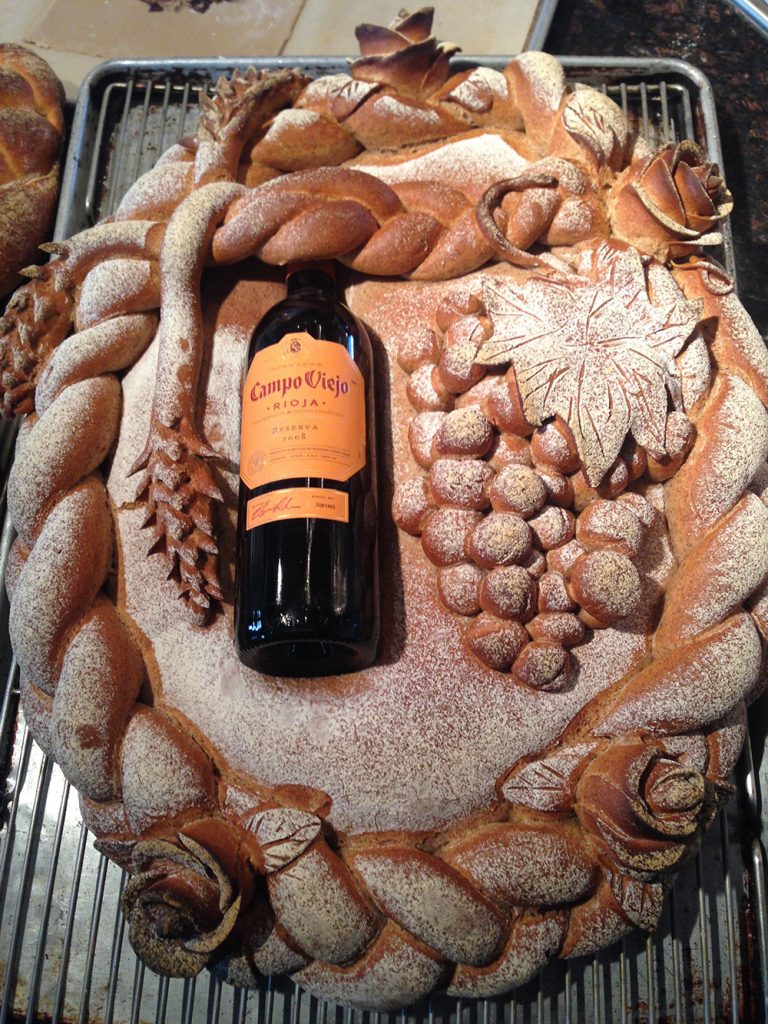 Now, I’m on the Guild’s Board of Directors. For the last 16 months, I’ve been busy working with the other eight directors to plan Wheatstalk, the Guild’s most significant event, which starts February 27. The three-day celebration of baking is filled with lectures, hands-on classes, demonstrations, and maybe most importantly, a chance to visit with fellow bakers.
Now, I’m on the Guild’s Board of Directors. For the last 16 months, I’ve been busy working with the other eight directors to plan Wheatstalk, the Guild’s most significant event, which starts February 27. The three-day celebration of baking is filled with lectures, hands-on classes, demonstrations, and maybe most importantly, a chance to visit with fellow bakers.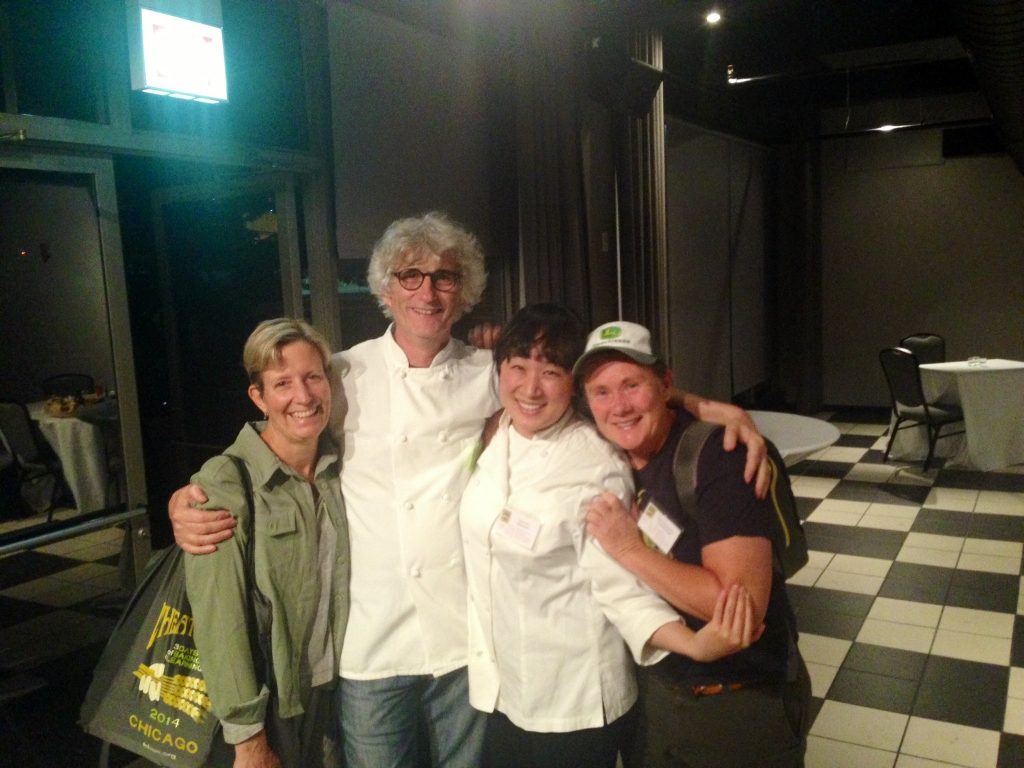 We’re holding this year’s gathering at Johnson & Wales University in Providence, Rhode Island. Of the Guild’s 2200 members, 525 members entered a lottery for the 125 available spots. All told, with the lottery winners, the teachers and volunteers like myself, about 200 artisan bakers will descend on the city. We’ll leave flour dust in our wake!
We’re holding this year’s gathering at Johnson & Wales University in Providence, Rhode Island. Of the Guild’s 2200 members, 525 members entered a lottery for the 125 available spots. All told, with the lottery winners, the teachers and volunteers like myself, about 200 artisan bakers will descend on the city. We’ll leave flour dust in our wake!
 Scott is teaching a class called Growing Your Bakery with Amy Scherber of Amy’s Bread, a New York bakery that is a little bigger than Macrina and opened just a year earlier. Our bakeries are similar, both with cafés and wholesale operations. Scott and Amy will cover essential questions like, Do you really want to stop baking? Because when you grow, you spend a lot less time kneading dough. Out of necessity you get into the business of managing employees, training, retaining employees, pricing, food safety, and charitable donations. Scott says, “Amy and I should complement each other well. She is the baker who started her business, and I’m not. That difference should be useful.”
Scott is teaching a class called Growing Your Bakery with Amy Scherber of Amy’s Bread, a New York bakery that is a little bigger than Macrina and opened just a year earlier. Our bakeries are similar, both with cafés and wholesale operations. Scott and Amy will cover essential questions like, Do you really want to stop baking? Because when you grow, you spend a lot less time kneading dough. Out of necessity you get into the business of managing employees, training, retaining employees, pricing, food safety, and charitable donations. Scott says, “Amy and I should complement each other well. She is the baker who started her business, and I’m not. That difference should be useful.”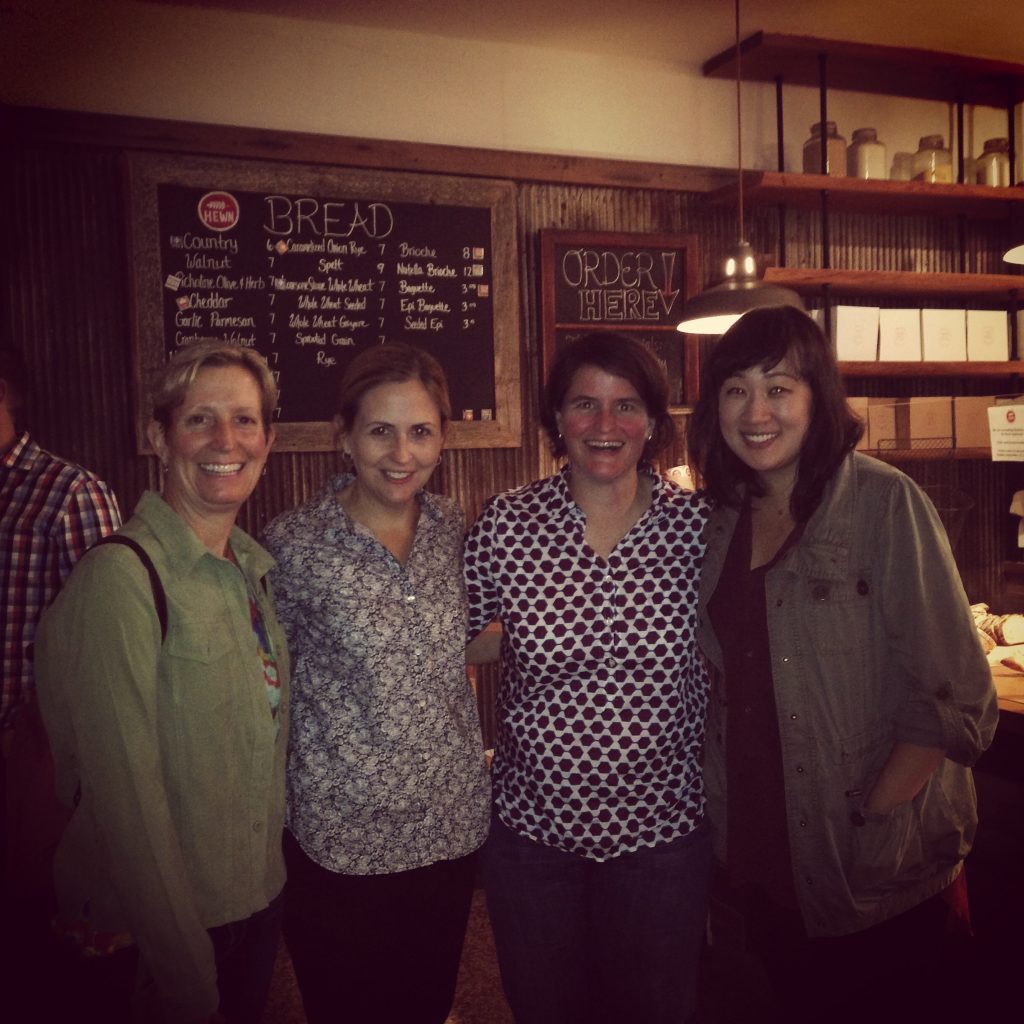 Once all the organizing is done, my job at Wheatstalk is very hands-on—preparing three days of breakfast and lunch for 200 people! It’s a big job, but I’ll have plenty of help. I’m serving a very Macrina-centric menu of tasty comfort food. There’ll be Macrina’s Macaroni and Cheese with Spicy Broccoli one day, lentil soup another, savory salads, and all the beautiful loaves of bread made fresh each day in the morning classes.
Once all the organizing is done, my job at Wheatstalk is very hands-on—preparing three days of breakfast and lunch for 200 people! It’s a big job, but I’ll have plenty of help. I’m serving a very Macrina-centric menu of tasty comfort food. There’ll be Macrina’s Macaroni and Cheese with Spicy Broccoli one day, lentil soup another, savory salads, and all the beautiful loaves of bread made fresh each day in the morning classes.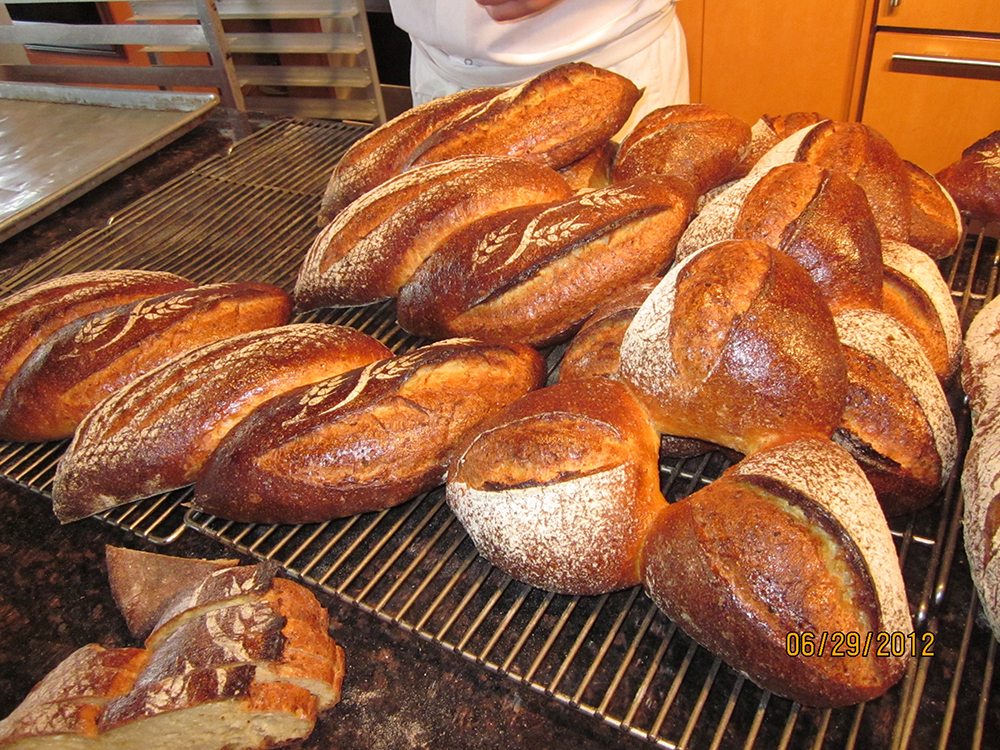 After months of planning, I can hardly believe it’s about to happen. I look forward to seeing old friends and meeting new ones, to learning new techniques and recipes. Everyone walks away inspired and with a handful of new friends and an even deeper connection to this awesome industry than they thought possible!
After months of planning, I can hardly believe it’s about to happen. I look forward to seeing old friends and meeting new ones, to learning new techniques and recipes. Everyone walks away inspired and with a handful of new friends and an even deeper connection to this awesome industry than they thought possible!
